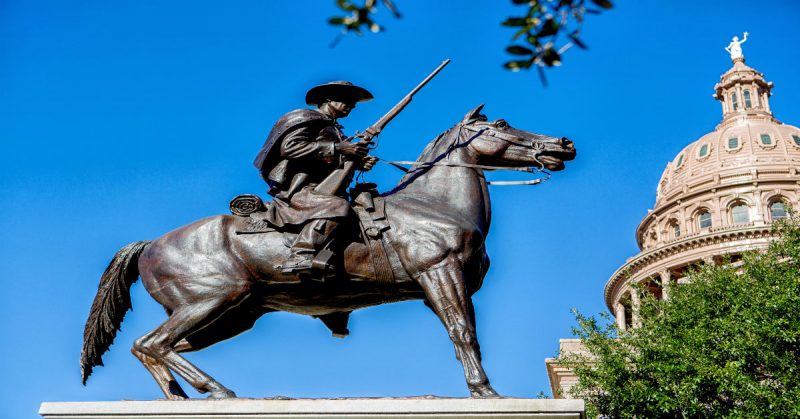Texas recorded its most ferocious battle on August 18, 1813 some miles south of San Antonio in the el encinal de Medina. The battle was fought between the Royal Spanish Army and the Republican Army or the North in conjunction with some American filibusters.
It was the 19th century and wherever there was a revolutionary war taking place in the Americas, you could always expect to see one or more filibusters behind it.
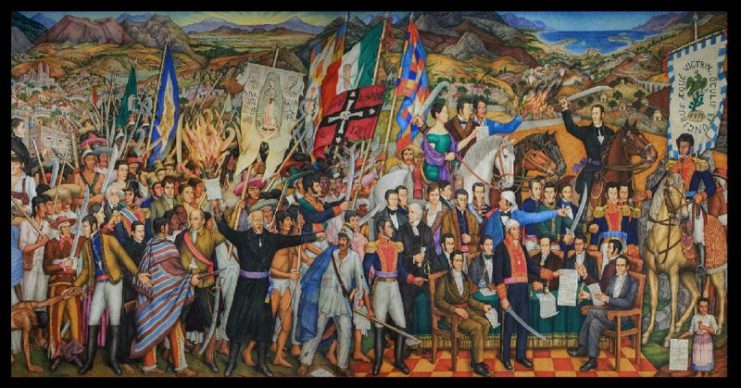
Beginning in 1810, some Mexicans who were tired of living under the thumb of the Spanish in their own country took up arms against the Spanish government and organized a series of revolts, most of which bore little fruit and ultimately led to the execution of the revolutionaries.
The Spanish government like any colonial ruler resisted the revolutions and sent a very clear message to the Mexicans that resistance was only futile and would only result in further deaths. However, the rebels were more than willing to die for a cause which they felt was just.
One of such people madly obsessed with the idea of a new, free Mexico was Gutiérrez de Lara who after being turned down by the United States government, resorted to the assistance of filibusters and subsequently, the Gutiérrez-Magee expedition was birthed.
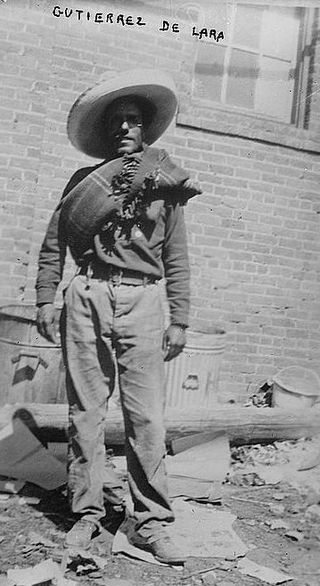
After a somewhat successful campaign against the Spanish, but with the death of arch supporter, filibuster Augustus Magee, Gutiérrez made a declaration of Independence of the State of Texas under the Republic of Mexico on 6 April, 1813 naming himself President.
His leadership was however short-lived as General José Joaquín de Arredondo of the Spanish Army led some 1,830 troops to flush out the Gutiérrez rebellion which he did successfully.
With the Republican Army of the North under the sole control of Gutiérrez, he acted only after his own interests and neglected the counsel of U.S special agent William Shaler and José Álvarez de Toledo y Dubois to protect American interests in the state. They later worked against his efforts of independence and control of the territory.
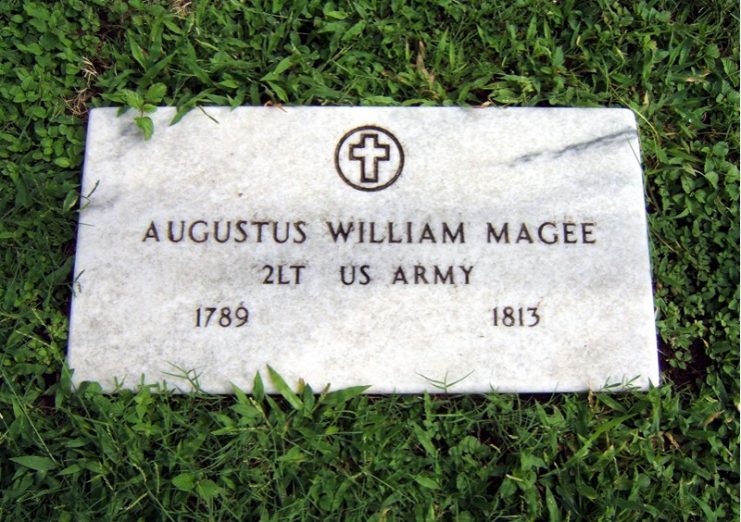
A large portion of the Republican Army (rebels) was comprised of American volunteers and they threatened to leave the army on the grounds that Gutiérrez was no longer fit to lead them. This would have greatly crippled the rebellion and so on August 3, Toledo was named commander in chief of the Republican Army of the North and he led them into battle against the Royalists on August 18.
Arredondo had sent a small team of scouts to go ahead of the army and spy on the opposition army’s location, as they approached the narrow passage in the mountainous region that held the Bexar-Laredo road, they were ambushed by Toledo’s army who had mistaken the cavalry of scouts to be the main army and a skirmish ensued.
Toledo’s army of 1400 men consisted of Americans, Mexicans and Tejanos. His plan to spring a surprise attack on the Royalists had been foiled and the day continued to get worse for the young General as his army continued in pursuit of the fleeing cavalry still thinking that they had encountered the full army.
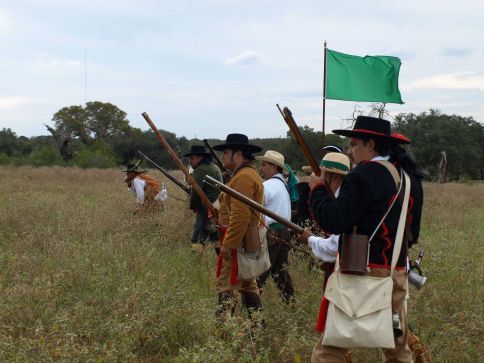
With their heavy weapons and the sandy terrain of the area making the pursuit extremely exhausting, the Republican troops finally arrived before the Royalist lines, short of breath only to find the Spanish Army waiting and very much ready for battle, albeit a little startled at the entrance.
The Republican soldiers quickly recollected themselves and attacked the Royalists from their flanks but were repulsed in short order. As fighting continued, Arredondo, more or less confused and still unable to grasp the full situation of the battle, made to order the retreat of his army. Ironically, he feared that they would be overwhelmed but was quickly informed that he was actually winning the battle.
Encouraged by the reports, Arredondo changed his mind and ordered a full blown attack on the Republican lines. The effect of the charge on the Republican soldiers was devastating, Toledo fought to maintain control of his troops to no avail, exhausted from running and frightened at the sight of a larger army, the soldiers had already lost the battle in their hearts.
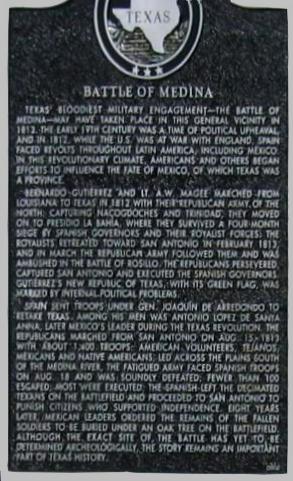
The rebel soldiers took to the hills in an instant fearing only for their lives, they ran in different directions and a very excited Royalist army followed after them in hot pursuit. They shot down and killed as many fleeing rebels as they came upon with only a handful of them surviving the bloody ordeal.
Read another story from us: Between Two Rivers: Opening Shots of the Mexican-American War
Meanwhile Toledo had fled with other high ranking officers in the army to Louisiana. Of the 1400 troops, only 100 of them survived while the Spanish Army reportedly suffered only 55 casualties. The Republican Army of the North were totally crushed that day, their bodies littered the roads and would be left to rot there for a long time as another hard-line message to any who would attempt to undermine the Spanish government.
